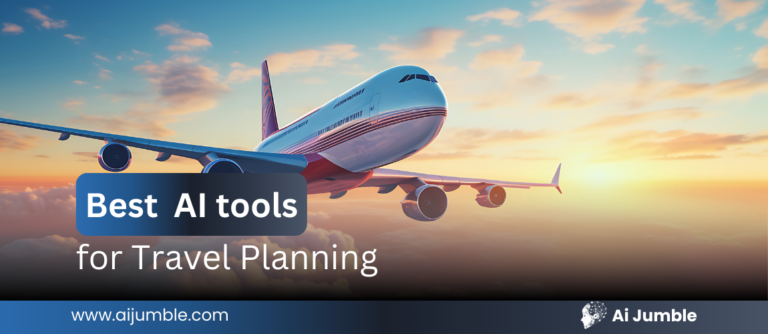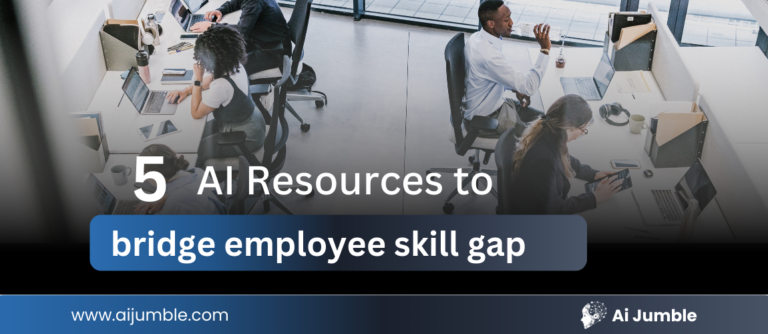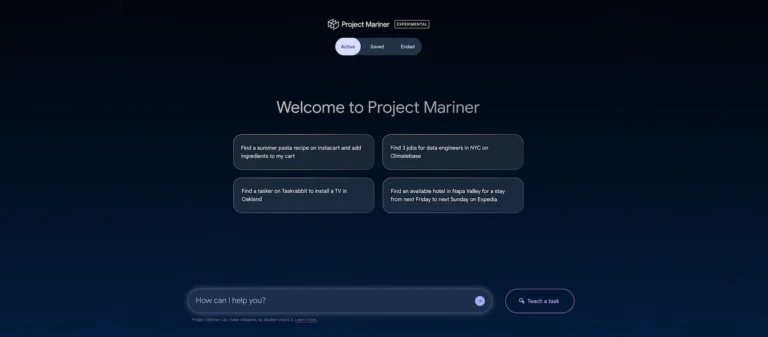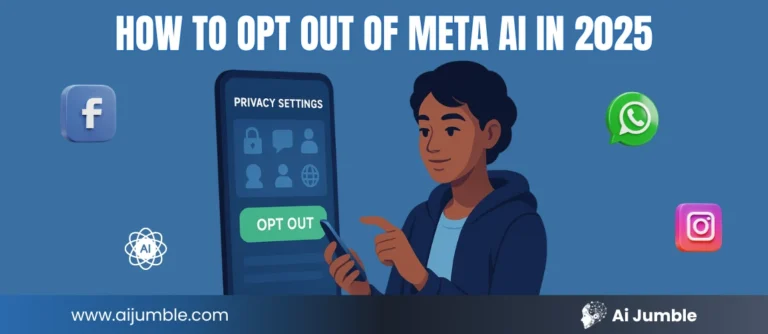Artificial Intelligence (AI) and Robotics are two revolutionary fields that are rapidly reshaping the landscape of technology and our daily lives. The convergence of AI and Robotics is not just a trend; it’s a transformative synergy with the potential to bring about unprecedented advancements in various industries. In this article, we will explore the current state of AI and Robotics, their interplay, and the profound impact they are having on our world.
Key Concepts and Technologies
Core Components of AI
Artificial Intelligence comprises several interrelated technologies:
- Machine Learning (ML): A subset of AI that enables systems to learn and improve from experience without explicit programming. ML powers predictive analytics, pattern recognition, and data-driven decision-making.
- Natural Language Processing (NLP): Allows machines to understand and interpret human language.
- Computer Vision: A field of AI focused on enabling machines to process and interpret visual information. From facial recognition to quality inspection, computer vision is transforming automation.
Fundamentals of Robotics
Robotics involves the design, construction, operation, and use of robots. Robots are physical machines programmed to perform tasks autonomously or under human control.
- Sensors: Devices that allow robots to perceive their environment, detecting light, temperature, pressure, and other factors.
- Actuators: Motors or other mechanisms that enable robots to interact with and manipulate their surroundings physically.
- Control Systems: The decision-making backbone, combining data from sensors with algorithms to perform precise actions.
Applications of AI and Robotics Across Industries
1. Manufacturing and Collaborative Robots
The integration of AI and Robotics is a driving force in smart factories. Collaborative robots (cobots) are designed to work alongside human workers, enhancing productivity and reducing errors. These cobots leverage machine learning to handle complex processes and adapt to dynamic environments. Predictive maintenance, automated quality control, and assembly line optimization are just a few examples of how intelligent robotic systems are redefining manufacturing.
2. AI Applications in Healthcare
Robotics in healthcare has advanced dramatically with the integration of AI. Surgical robots, for instance, provide enhanced precision and control, allowing surgeons to perform minimally invasive procedures. AI also plays a vital role in diagnostics, analyzing medical data to deliver faster and more accurate results. From robotic prosthetics to automated patient monitoring, the collaboration between these technologies is saving lives and improving patient outcomes.
3. Autonomous Vehicles
AI and Robotics are at the heart of self-driving technology. Autonomous vehicles rely on computer vision, motion control systems, and decision-making algorithms to navigate roads safely and efficiently. They interpret real-time data from cameras, radar, and LIDAR sensors to make split-second decisions, from route planning to obstacle avoidance. This technology promises safer transportation while reducing congestion and emissions.
4. Service and Hospitality
Robotics has made significant inroads in customer-facing roles. Robotic assistants powered by NLP can interact with guests, handle bookings, and provide concierge services in hotels. Similarly, automated systems are improving customer service experiences in retail by assisting with product inquiries and even managing inventory.
5. Agriculture
The agricultural sector is also benefiting from the marriage of AI and Robotics. Precision farming technologies use drones and autonomous harvesters to monitor crop health and optimize yields. AI algorithms process environmental data to determine the ideal conditions for planting, watering, and harvesting, making farming more efficient and sustainable.
Challenges and Ethical Considerations
Despite their promising potential, the integration of AI and Robotics poses challenges that must be addressed:
- Job Displacement: Automation could replace certain jobs, necessitating workforce reskilling and upskilling to adapt to changing employment landscapes.
- Privacy and Security: The reliance on data by intelligent systems raises concerns about data breaches and surveillance.
- Responsible AI Use: Developers must adhere to ethical guidelines to ensure AI applications prioritize fairness, transparency, and accountability.
Establishing a robust framework for the ethical use and regulation of AI and Robotics is critical to addressing these challenges while fostering innovation.
AI and Robotics: Future Implications
The future of AI and robotics holds immense potential to revolutionize industries and reshape the way we live and work. Automation powered by AI is expected to enhance productivity across sectors such as healthcare, manufacturing, transportation, and even education. With robotics taking on more complex roles, tasks that were once considered labor-intensive or dangerous may soon be completed with greater efficiency and precision
However, alongside these advancements come significant implications to consider. The acceleration of automation could lead to widespread job displacement, necessitating efforts to reskill and support affected workers. The integration of AI in decision-making processes also raises ethical concerns, demanding robust regulatory frameworks to ensure its accountable and fair use. Furthermore, the growing reliance on interconnected systems increases the vulnerability to cybersecurity threats, making the protection of sensitive data a top priority.
As we move forward, it is essential to balance innovation with responsibility. By fostering collaboration between governments, industries, and researchers, we can address these challenges while harnessing the transformative power of AI and robotics to create a future that benefits all.
FAQs
No, AI and robots are not the same, although they are often associated with each other. Artificial Intelligence (AI) refers to the development of computer systems capable of performing tasks that typically require human intelligence, such as learning, reasoning, and problem-solving. Robots, on the other hand, are physical machines designed to perform specific tasks, often involving movement or interaction with the environment. While some robots are equipped with AI for advanced functionality, not all robots utilize AI, and AI can also exist independently of robotics in software systems and applications.
AI enhances robotics by enabling robots to analyze data, learn from experiences, and perform complex tasks autonomously. It adds cognitive abilities to traditional robotic systems.
Collaborative robots, or cobots, are robots designed to work alongside humans in shared workspaces. They are commonly used in manufacturing to enhance productivity and precision while ensuring worker safety.
Future trends include increased autonomy in robots, advanced applications in manufacturing, healthcare, and sustainable technologies, fostering widespread adoption across industries.
Stay Updated on the Latest in AI
New AI tools are launching every day — we make sure you’re the first to know. Join a growing community exploring 5,000+ AI tools, with new ones added daily.







